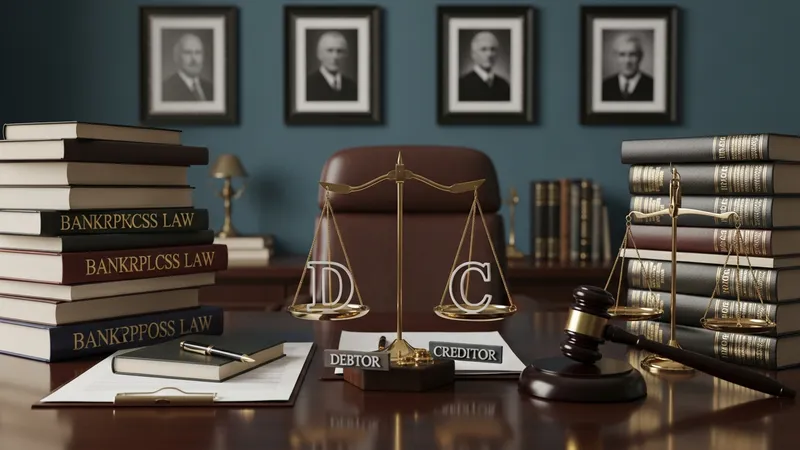
Bankruptcy Law Explained: Types, Processes, And Legal Rights
Developments and Considerations in Bankruptcy Law
Bankruptcy law continues to evolve in response to changes in economic conditions, debtor profiles, and policy objectives. Legislative amendments may adjust eligibility thresholds, procedural requirements, or the scope of exemptions to address emerging needs. For example, periods of widespread economic downturn often prompt temporary provisions or reforms aimed at managing increased filings. These changes typically undergo extensive analysis and are designed to preserve the fundamental balance between creditor and debtor interests.

Judicial interpretation also plays a significant role in shaping bankruptcy outcomes. Courts may issue rulings that clarify definitions, interpret statutory ambiguities, or resolve procedural disputes. Over time, these decisions contribute to a body of case law that informs the expectations and strategies of all participants. Legal professionals often study relevant rulings and statutory changes to navigate cases efficiently and meet required standards.
Practical considerations, such as the administrative capacity of bankruptcy courts and the availability of trustee or counseling resources, may affect the experience of filers and creditors. The efficiency of case management, the speed of asset distribution, and the clarity of procedural guidance can all impact perceptions of fairness and accessibility. Ongoing assessment of these factors is vital for refining the system and addressing any consensus concerns.
As bankruptcy law addresses both individual and organizational insolvency, its application reflects a wide array of financial realities. Continued attention from lawmakers, judges, and practitioners helps ensure that bankruptcy remains a viable legal remedy, capable of adapting to new challenges while upholding the rights and responsibilities of all parties involved.